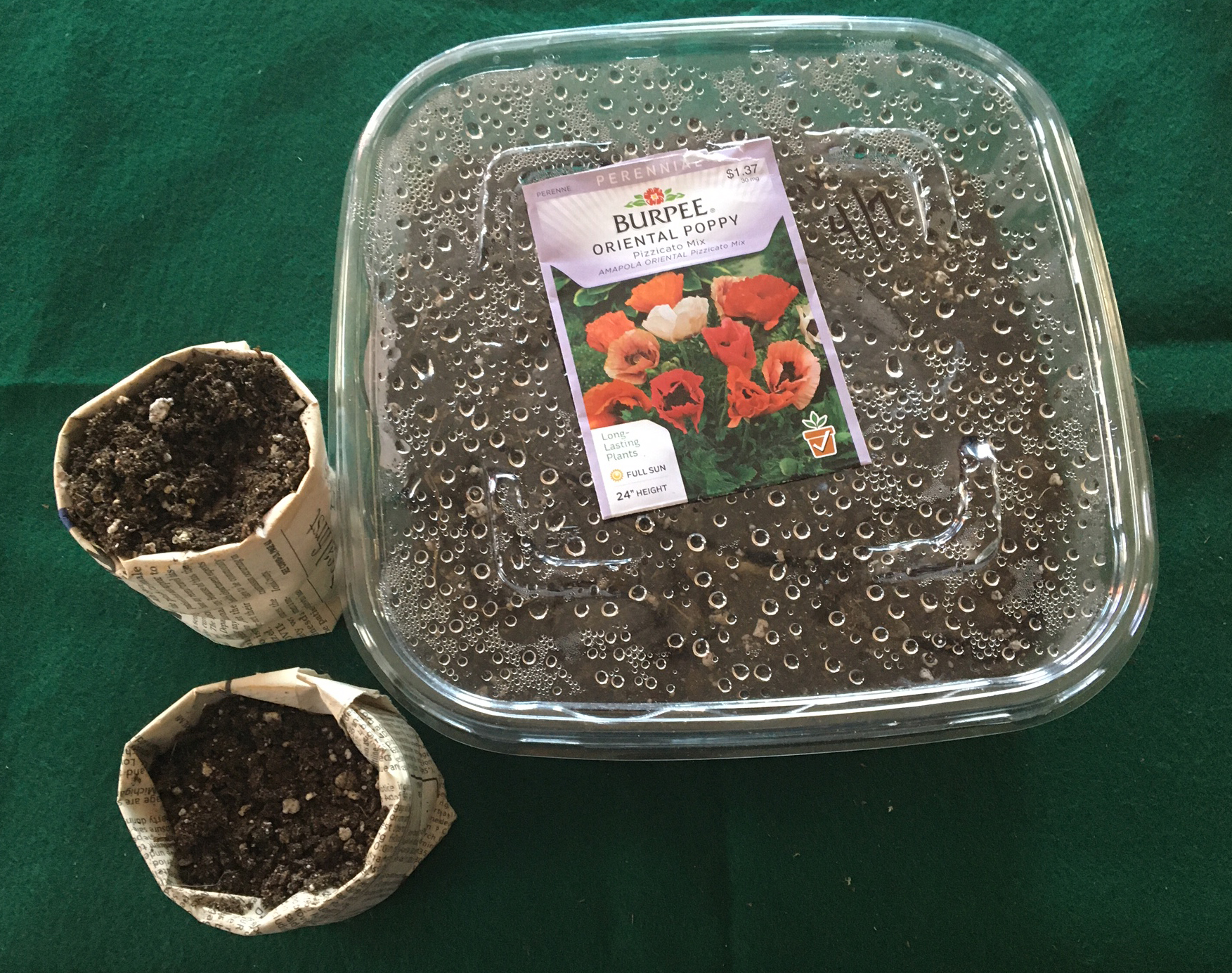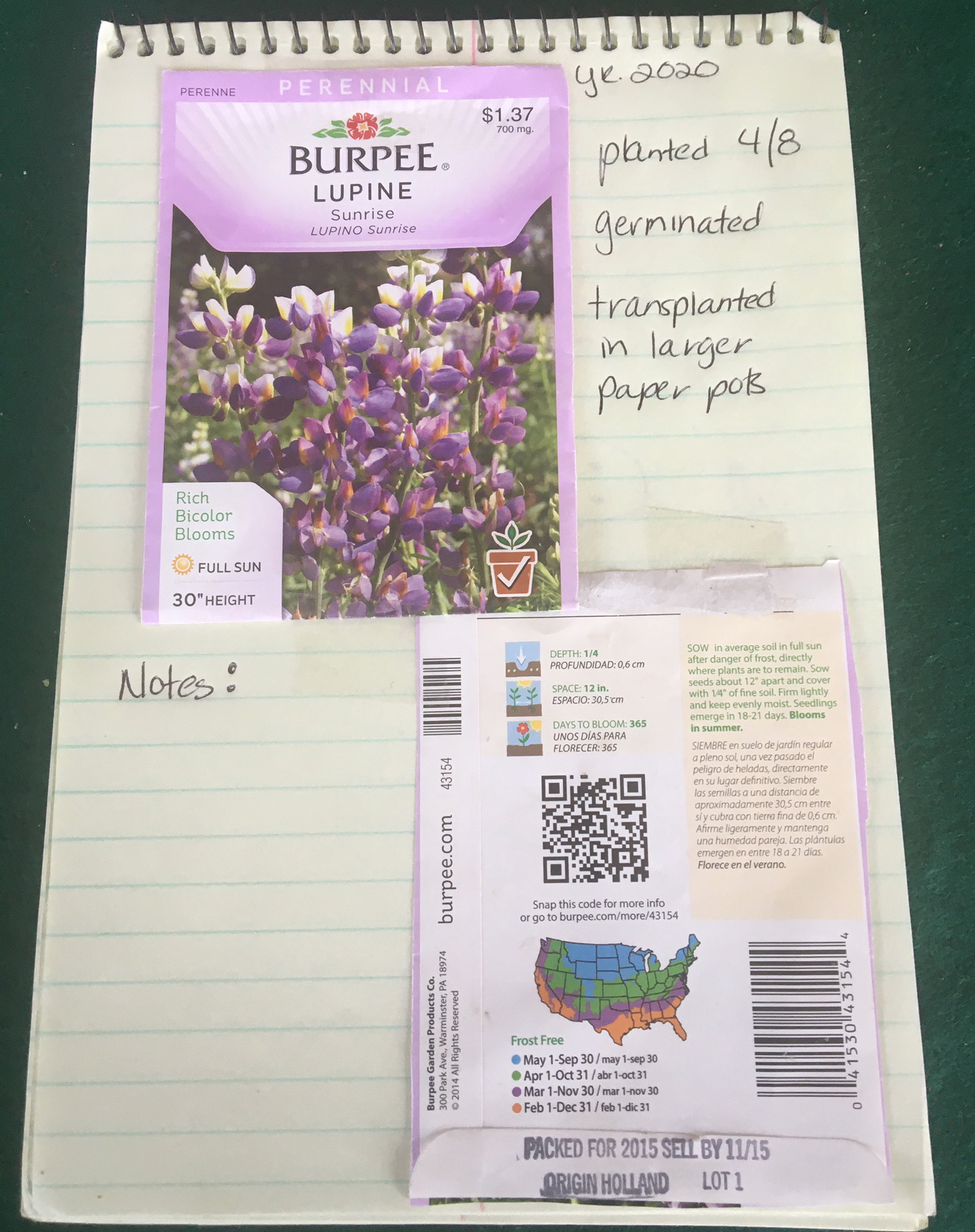Reduce, reuse and recycle for seed germination
To start seeds at home, you can reuse many items you already have on hand.

It’s time to start gardening, or at the least start preparing your garden beds and seed starting. Like all of you, I will not be spending hours visiting greenhouses and garden centers this year. Instead, I will use the time to start seeds at home. To start seeds at home, you can reuse many items you already have on hand. If you do not have seeds at home, you can pick them up when you are out shopping or order online from a reputable seed company.
Before purchasing seeds, go through your seed stash and check to see how many of the seeds are still viable (I have had some of them for several years.). Check viability by employing a trick most of us learned in elementary school; germinate some of the seeds on paper towels in a plastic bag. You can figure out the percentage of seeds that germinate and use that as a guide when you are ready to plant the seeds in your garden.
Now is a good time to begin planning when to start your seeds and the types of containers to use. Some recommendations are to reuse cardboard and plastic egg cartons, especially cardboard cartons because they are like peat pots and can be cut apart, planted in the garden and will decompose. Styrofoam cartons also work if that is what you have. The clear, plastic cartons are also great, they work like mini greenhouses with each plant in its own little egg cell.
Using separate containers means the roots are not as disrupted when planting into the ground or your garden container. You can use eggshells for planting as well. This is fun for kids and the new plant and shell can be planted in the garden. As an added bonus, the shell provides nutrients for your new plants.
Many small containers are great for seed starting, such as clean yogurt, pudding and small fruit cups. You can even cut plastic water bottles or soda cups to a desired size. Larger cups are good for plants that need more soil or if you intend to grow them for several weeks before transplanting. After you transplant your seedlings, these containers can be rinsed out and still recycled.

Toilet paper rolls are good for starting seeds too. Cut them in half, fill with soil, plant your seeds and place in a clear container to make a mini greenhouse. Again, the cardboard is compostable and can be planted directly in the ground. After using, the mini greenhouses can be recycled.
Another option is to use newspaper. Use non-shiny newspaper—not the glossy advertisements—and roll two to three layers around a bottle or can. Leave a couple inches of paper hanging off the bottom of the bottle. This extra paper will be folded in to make the bottom of the seedling container. You may have to secure the paper with a small amount of masking tape, which can also be used for your label.
Once planted, be sure to label your seed containers. I recommend keeping a notebook and recording the name of the seed, the date planted and the number of days to germination. You might want to tape the seed packets in the notebook. This way you can check the information on plant spacing, height and days to harvest when planning in your garden. Your garden notebook can be helpful in adjusting your plans from year to year as your garden helps keep you healthy, save money and support the environment by reducing, reusing and recycling.




 Print
Print Email
Email




